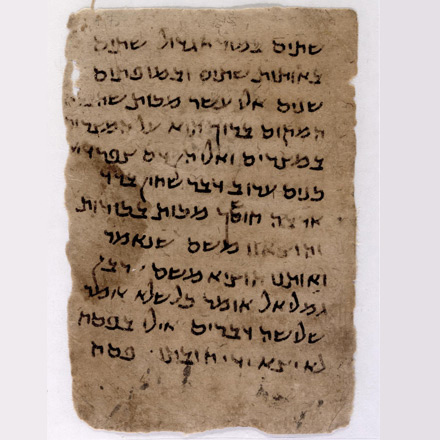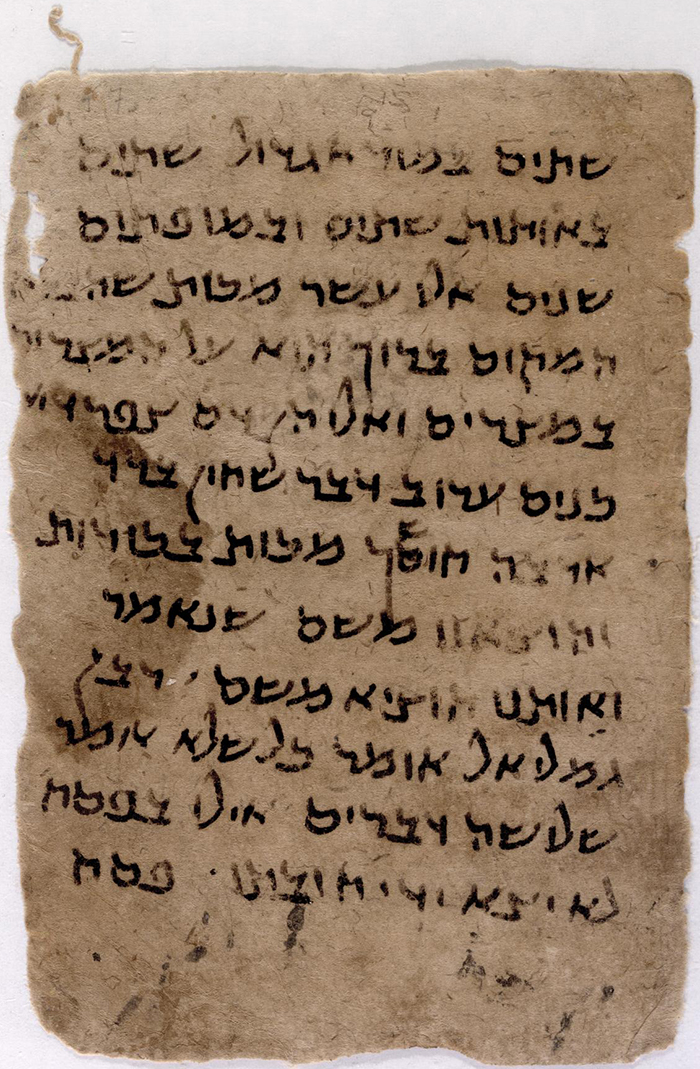Classical Jewish Literature is replete with references to the nobility of books and, by tradition, books are treated as special treasured objects. When they grew old or frayed, it was deemed irrelevant to throw them out. Old books were either carefully placed in a genizah (synagogue storeroom) or were respectfully interred. Rabbinic literature enjoins Jews to lend books to others, obligates Jewish communities to build libraries, and gives meticulous instructions on the binding, airing, care and preservation of books and manuscripts. Medieval Jewish literature encourages the Jew to make books his companion, to let bookshelves be his gardens: to bask in their beauty, gather their fruit, pluck their roses and take their spices and myrrh.
Yet, these very books, upon which Jews lavished so much love and reverence, became the objects of wanton hatred throughout the centuries. As far back as Maccabean times (175-163 B.C.E.), the Scrolls of the Torah were ripped to pieces and burned by the Syrian Greeks. Except for the attitudes of Christian Hebraists, Jewish books were the object of Christian attack throughout the Middle Ages. They were subjected to frequent censorship and periodic burnings. From 1242, when twenty four cartloads of Rabbinic manuscripts were burned in Paris, down to our own days, when the Nazi Holocaust decimated European Jewry together with its vast libraries, countless Hebrew books were destroyed and many important works were lost. Only a few precious manuscripts and incunabula (books printed before the year 1501) have survived. This sense of irretrievable loss gives special meaning to the assiduous efforts of institutions to collect and preserve the rare Judaica and Hebraica which have survived over the millennia, as the torch of Jewish learning was passed from one center to another, during the long wanderings of the Jewish people.
It is with these thoughts in mind, that we cordially invite you to experience a sampling of these Judaic treasures which constitute the true monuments of Jewish history.

